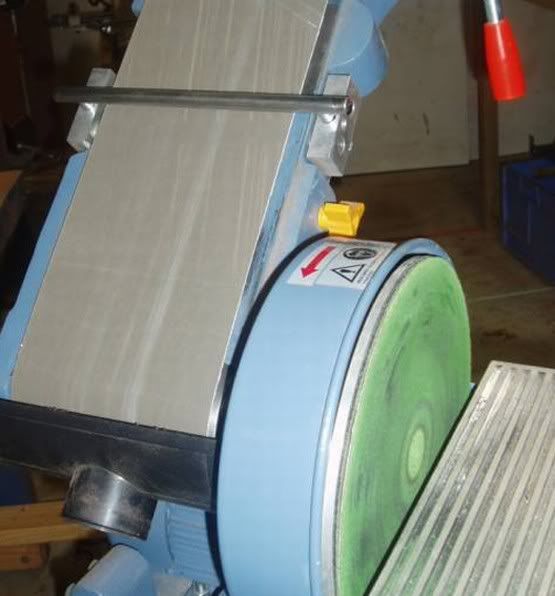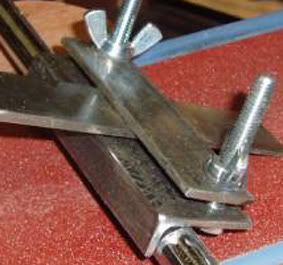RogerS
Established Member
Reading through the threads my conclusions are:
Tormek - pros - lots of add-on guides to suit different tools
water cooled - minimise overheating
cons - produces a hollow on the blade as the wheel is round
Veritas - pros - does not produce a hollow on the blade
uses the MkII sharpening guide - well reviewed
easier (?) to sharpen non-flat blades such as gouges?
cons - not water cooled
not available in the UK?
I would welcome any views if this is a fair summary and any suggestions or recommendations. If it helps, I take a 'pragmatic' approach to sharpening :wink:
Tormek - pros - lots of add-on guides to suit different tools
water cooled - minimise overheating
cons - produces a hollow on the blade as the wheel is round
Veritas - pros - does not produce a hollow on the blade
uses the MkII sharpening guide - well reviewed
easier (?) to sharpen non-flat blades such as gouges?
cons - not water cooled
not available in the UK?
I would welcome any views if this is a fair summary and any suggestions or recommendations. If it helps, I take a 'pragmatic' approach to sharpening :wink:






